One of the really promising announcements to come from the recent Microsoft Build 2016 conference is the release of Azure Backups for Resource Manager Virtual Machines into Public Preview. This has been an area of concern for many when weighing up whether or not to deploy their Azure infrastructure into ARM or Classic. There haven’t been any announcements on the heavy hitters, like Azure Site Recovery for ARM, but it’s a great first step. In this blog I’m going to walk through how to set up a Recovery Services vault and then setup a backup job.
Pre-Requisites
It is assumed that you already have:
- A current Azure subscription
- An active virtual machine deployed in ARM
Create a Recovery Services Vault
The Recovery Services vault is used to store backups and recovery points that have been created over a period of time and also contains the backup policies applied to the virtual machines.
When backing up virtual machines to a Recovery Services vault, it is location specific, so if for example your virtual machine is in the Australia South East location, it cannot be backed up to a Recovery Services vault in Asia South East; you would have to create a Recovery Services vault in each location.
- On the Azure main page, on the left, hit browse and search for ‘Recovery Services’
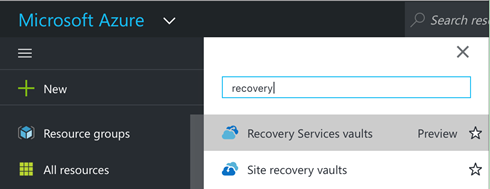
- Click Add
- Complete the form asking for a name unique to the subscription, the subscription, the resource group and location for it to be created
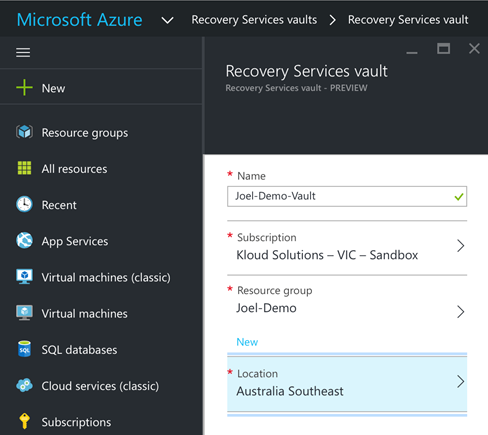
- Click Create. It can take some time to be provisioned but you will be notified through the status notifications
- Once created, navigate to All Settings > Backup Configuration to set the type of storage replication you require. Geo-redundant storage is the default however locally redundant storage is the cheaper of the two options, but this is only recommended when Azure isn’t the primary backup storage endpoint.
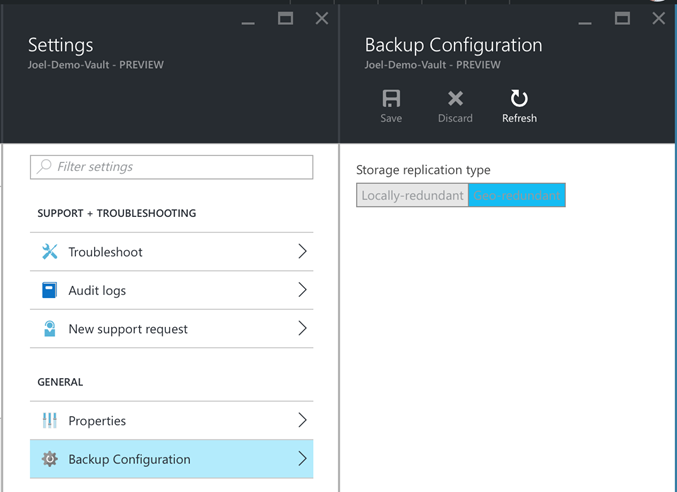
- From the Recovery Services dashboard you can now click Backup to add your virtual machines to the backup policy
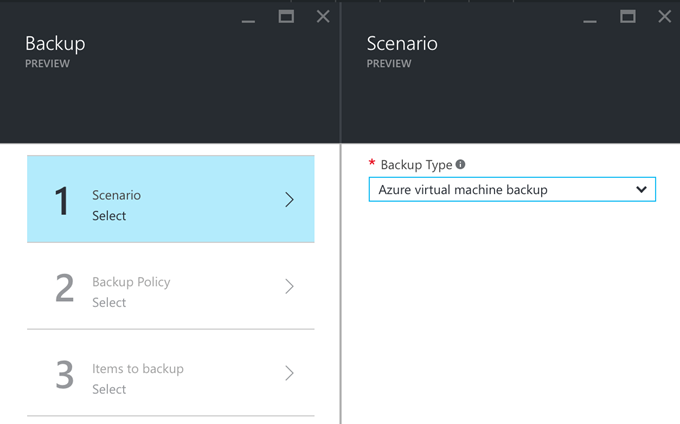
- Choose Azure virtual machine backup from the drop down menu
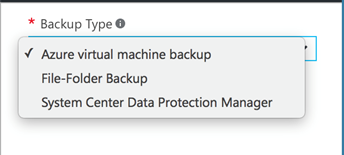
- Select a backup policy to apply
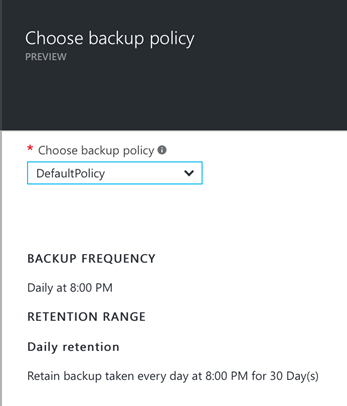
- And select the resources you’d like to backup. If the virtual machine you’d like to back up is not available to select, ensure it is in the same region
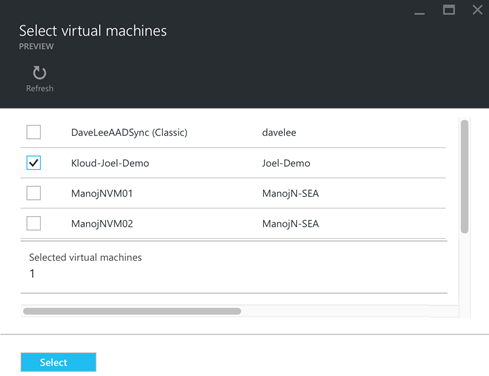
- Once all the settings are defined, click Enable Backup
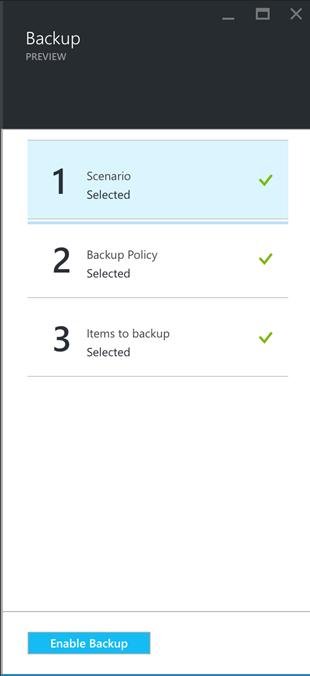
Once the backup has been defined, it will not run until the next scheduled backup is to occur. You can run the task manually if you have a requirement for the backup to be taken immediately.

Hello,
Nice post about Azure Backup for Azure Resource Manager VMs. Thanks for sharing this post